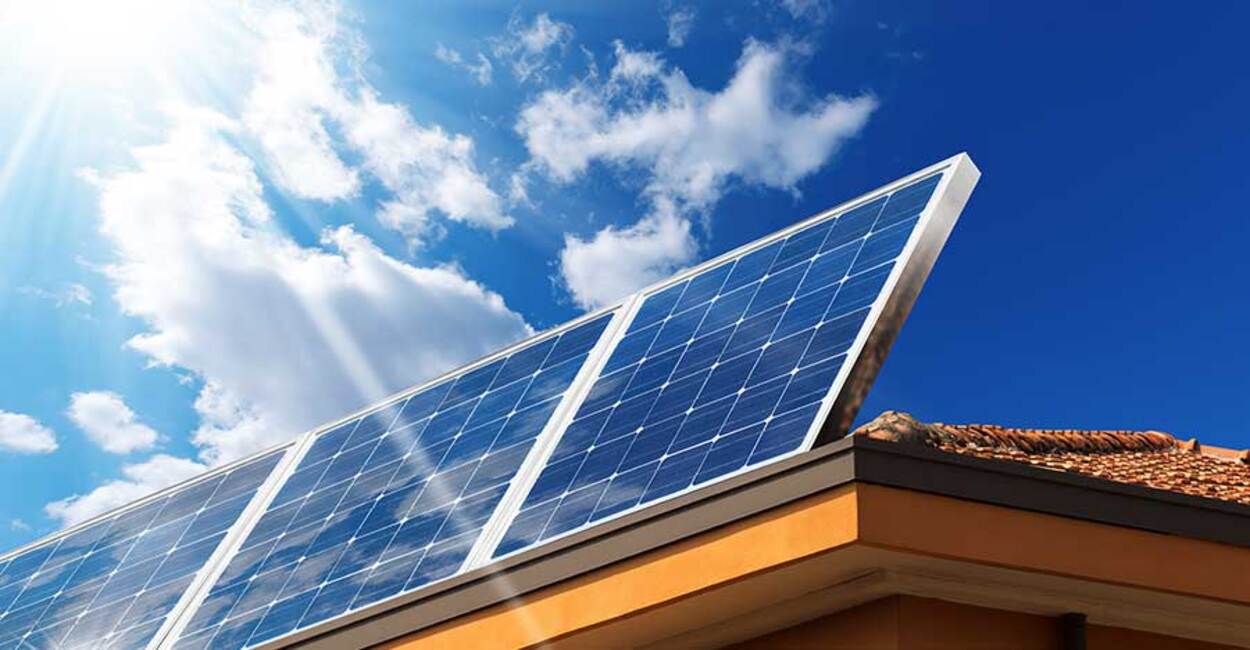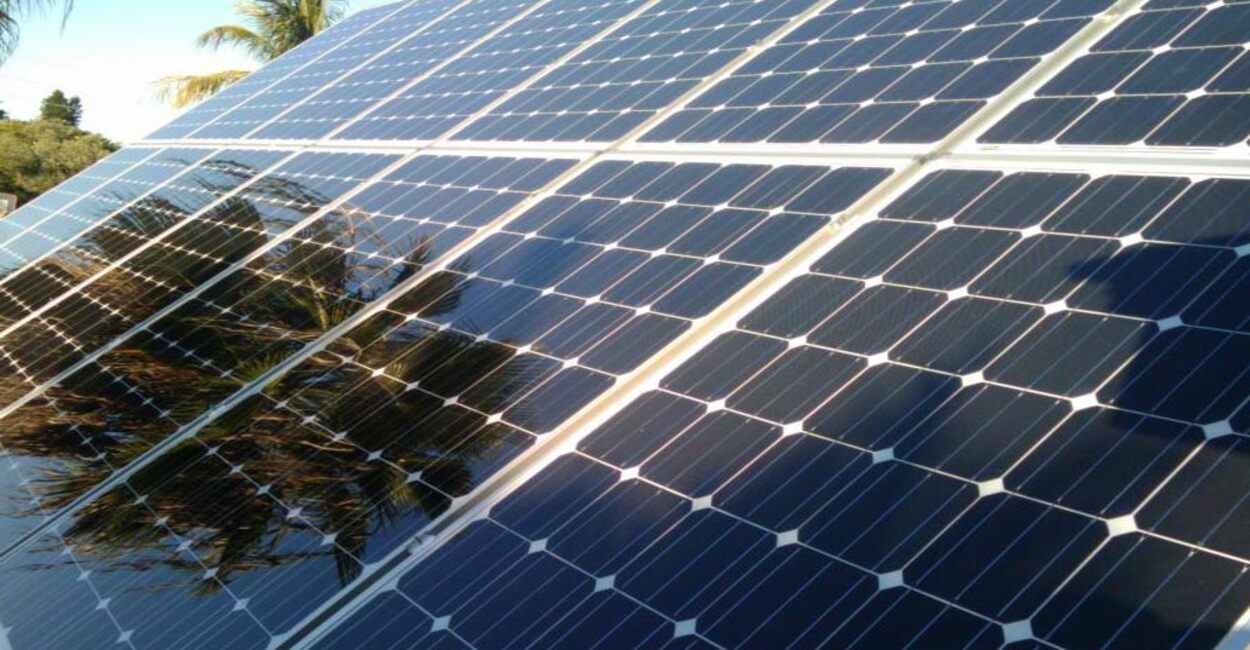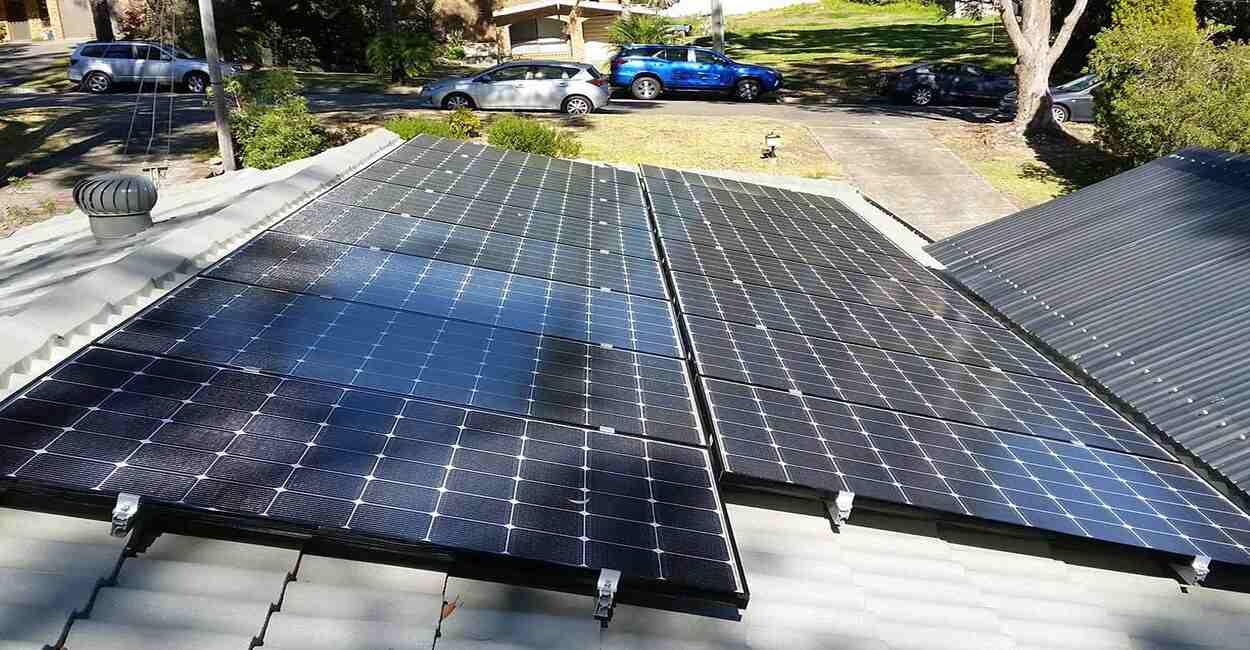Effects Of Shade On Solar Panels

Shading unavailability can be the worst nightmare for the solar system. According to the experts, there are chances that homeowners could be losing as much as 40% of the potential of solar generation due to shade. Shades act as a shadow that is cast over a panel; this reduces the amount of sunlight reaching the surface. Shades affect the power output of the PV modules. However, the impact of shading can be prevented. Here in this article, we have discussed the effects of shaded panels and explored the best ways of tackling solar shading.
How Does Solar Panel Shading Work?
In traditional times, solar panels were connected in parallel ‘strings’. The panels are wired together to reduce the output in the weakest forum within the system. In a series, if one panel is covered by shade from a tree or chimney, then all the connected panels within the string will also lose power. Shading just one cell in a module to half reduces the power generation by half the quantity. No matter the number of cells available in the string, the shaded cell will generate the module's output power to fall to zero.
What Factors Can Cause Solar Shading?
There are several kinds of shading to consider when installing a Solar PV System. There are also various forms of shading; they can be seasonal and different for every home. The two types of shading are: Dynamic and Static. If we discuss this in detail two, then we find that-
Dynamic Shading, like shadows cast by moving clouds and falling leaves, is a temporary form of shading. The shading can also be caused by snow, bird droppings, and even dust formation on the surface.
Static shading can be preplanned, like shade caused by surrounding trees, satellite dishes, buildings or chimneys. The occurrence of shading is due to a proposed obstruction.
Solar Panel Shading Solutions
Shading is a barrier that needs to be considered when installing solar panels. However, it can often be overcome through a well-designed layout, trimming trees, or installing DC power optimizers.
Solar Panel Optimizers & Other Smart Devices
- By installing Bypass diodes, isolation of shaded cells becomes possible. These intelligent devices reroute the current, “bypassing” the underperforming cells. This helps in decreasing the impact on the entire system.
By adoption, the output is bypassed by bypassed panels.
- To increase the panel's performance, shading must be connected to the MLPEs device. These devices can be either DC optimizers or micro-inverters, which can be attached to individual PV modules.
- Installation of the DC optimizer is another way to help maintain the solar system's output generation capability. As DC optimizers can adjust both output voltage and current. Now the question arises of how does a DC optimizer work precisely? When a shaded module produces electricity with a lower current, the DC optimizers will boost the current to match the current flowing through the unshaded modules. The optimizers then reduce their output voltage by the same amount. This helps further allow the shaded module to produce the same amount of power without compromising the performance of the other PV modules.
A Well-Designed System
• The software design allows us to plan and design PV systems around obstructions. The designing of the panel layout is done in such a way that it can maximize the shading as much as possible. The solar experts know all the tips and tricks to design a shade-proof solar system.
• It is essential to determine at what times of the day shading occurs, how long, and how much it will impact your generation. A well-located solar PV array has minimal shading at midday, and during the summer, it should be minimally affected by shading and may not need addressing at all.
Running Your Panels In Parallel
• We all know that a shaded PV module can bring down the power output of an entire string. Nonetheless, a shaded panel on a string will not affect the power output of a parallel series. Group modules that receive shade onto a single string and those that do not receive shade on another maximize the overall energy generation.
• By installing microinverters, the panels can be connected in parallel series. The operation states that each panel will operate at maximum power without impacting the other boards. Each panel can have a small inverter attached in this method, converting DC to AC.
Maintaining Your Solar Panels
• Converting the panels as pigeon or bird-proofing will help prevent the pigeons from gaining access underneath your system. So, make your solar power generation free from bird droppings.
• Cleaning your Solar Panels at least once a year will remove the dust, pollution, leaves or tree sap that covers the Solar Panels. Therefore, it becomes relevant to manage this and remember that dirty panels have the same impact as shading.
How To Calculate Shading On Solar Panels?
Shading analysis is one of the essential steps in designing solar energy. At several locations, shading is an important matter of fact. This is why it is necessary to perform a shading analysis during the site survey to evaluate eventual and potential obstacles, including trees or buildings prone to blocking sunlight. Thus, calculating the solar shading helps the clients facilitate the realistic expectation of the energy that the PV system can deliver.
What Happens If One Solar Panel Is Shaded?
Typical photovoltaic solar panels consist of a configuration of 32 to 72 solar cells connected in a series. This makes solar panels sensitive to partial shading.
Shaded solar panel cells interrupt the energy flow in the grid, forcing other cells to work harder to compensate for the loss. Electrons under the shaded solar cells are not moving. This is the primary reason for the situation. Therefore, the energy-producing potential of neighboring cells is reduced, as they do not receive initial energy to multiply the output production.
As a result, 50% of the efficiency of the whole grid might decrease.
The shading effect on solar panels will reduce the power output of your whole solar system.
For instance, if a leaf shades one solar cell, it will produce less energy while the remaining cells still have their full potential. The directed energy passes through the inactive cell and transforms into heat energy. Over time this could lead to overheating of the dormant cell and its damage.
Partial shading of solar cells not only decreases the potential of a solar panel, this further affects the system's life because some cells of the grid are constantly overworking and get damaged faster than expected. Solar in the shade cells are exposed to increasing temperatures that could eventually damage the semiconductor material.
Luckily, new technology is inherited with a solution to permit the flow of electricity around shaded (inactive) cells. Most modern solar panels are already equipped with these devices. They are called bypass diodes. Bypass diodes protect solar panels by leading the current around dormant cells. And more importantly, they also reduce the effect of partial shading to its actual proportion.
With the help of bypass diodes, the amount of generated energy will be reduced by 10% compared to optimal conditions when solar panels are not shaded.

How To Avoid Shading On Solar Panels?
Unfortunately, the shades negatively impact the solar power generating system. Even though only a minimal amount of your solar array is in the shade, it affects productivity. Therefore, it requires some additional designing to keep the minimal effect of shadow on your solar panel system.
Bypass Diodes
Bypass diodes are devices inside a solar module that allow the current to “pass over” shaded areas. With the help of bypass diodes, the highest current from the unshaded series of cells can flow around the shaded string of cells. Thus, if one panel gets shaded, it will not impact the performance of the whole array. These days several solar panel companies are facilitating the services of bypass diodes for solar panels.
By bypassing diodes for each solar panel cell, the power output from the solar panels will remain the same because of the availability of the single-shaded cell. So here, the shaded cells are bypassed and not allowed to impact the production of the entire solar panel.
String Inverters
Inverters are another vital element of a solar panel system. String inverters are the most reasonable and are installed by several solar panel manufacturing companies. The role of the string inverters is to convert the DC power generated by your solar panels into AC power that you can use in your home, office, or building.
Using a string inverter, multiple solar panels are connected to one inverter. These groups of solar panels are called strings. One may have various inverters and strings that depend on your solar panel system size. All the solar panels in a string can generate more electricity than the solar panel.
This states that if you have one partially shaded solar panel, all the other solar panels in that string can generate more power in the shaded forum. The concept is irrespective of how much sunlight they absorb. As a result, string inverters are less effective for solar panel systems installed in a partially shaded area.
Microinverters
The role of the microinverters is to permit the machine to produce products at the panel level. Micro inverters are installed on the underside of each solar panel rather than one string inverter with multiple solar panels connected. This allows each solar panel to generate electricity independently of shadows from other solar panels.
Thus, a partially shaded solar panel does not limit the production of other solar panels under sunlight. Therefore, micro inverters can be a good choice for installing solar panels in partially shady areas. However, this will increase the power of your solar system and cost more than string inverters.
Power Optimizers with String Inverter
Power optimizers aren’t precisely an inverter. Power optimizers are added to systems with string inverters. Instead, optimizers facilitate panel-level optimization. Thus, in simple words, if the solar panel is partially shaded, the solar panel's performance is not impacted.
A solar panel system utilizing power optimizers and a string inverter are typically more reasonable than a system with micro inverters. However, it will be more expensive than a string inverter.

Effect Of Shading On Series And Parallel Connected Solar PV Modules?
Effect Of Shading In Series Connections
If you desire to plot shades on your panels, there are better configurations than adding panels in series.
Remember that the voltage is increased in series, and the current stays the same.
The current will reduce the level if there is shade on one panel. In a series connection, the current will take the lowest value in the string, which is three amps in the following example:
The shaded spot on one panel will decrease the string of panels to 3 amps at 52.5 volts. Thus, the total power will be reduced from 300 Watts (52.5 Volts x 5.8 Amps) to 157 Watts (52.5 Volts x 3 Amps).
Effect Of Shading In Parallel Connections
If the same experiment is followed with parallel connections, we see that we have a higher power output.
The parallel connections' voltage remains the same, but the current is added together.
One thing one should never forget is that solar irradiance (sunshine) only impacts the current, not voltage.
Therefore we add three amps + 5.8 amps + 5.8 amps to become 14.6 amps total. If we multiply this by the voltage of 17.5, it will get 255 Watts which is higher than the 157 Watts in a series connection.
If you expect shading on your solar panels, choose a parallel configuration.
If the wires are connected parallel, the current is higher, which means you need to increase the diameter of the wire. This will increase the cost of your solar system. Therefore, you need to include a combiner box and make the distance between the combiner box and the charge controller as short as possible.
Conclusion
Shading can be caused by anything—clouds, fog, trees or even chimneys. Although shading cannot be avoided in all cases, there are certain ways to mitigate the effects of shading on the panels. Using a string inverter with Maximum Power Point (MPP) tracking capability allows the inverter to leverage the maximum possible outputs from a string of solar panels.

